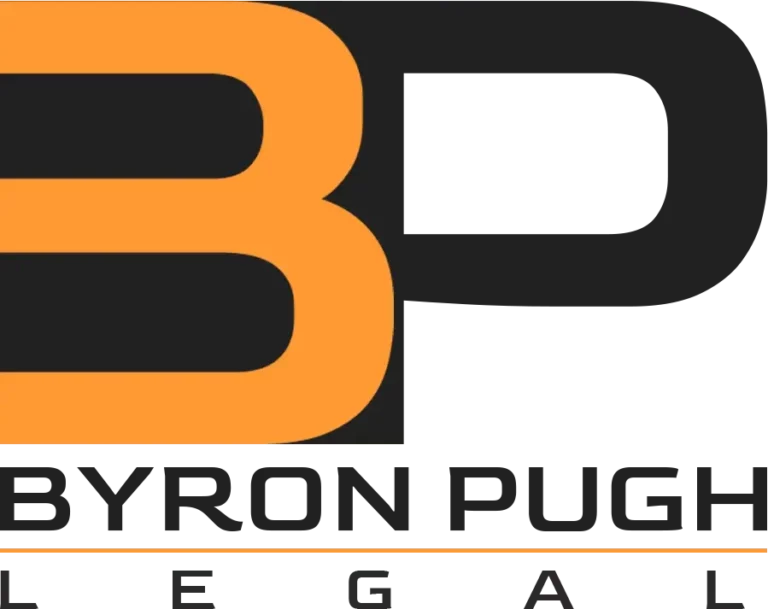Direct examination is a fundamental aspect of legal proceedings, especially in the context of trials and courtroom litigation. It is a structured process by which an attorney questions their own witness to elicit testimony and present evidence in a clear and organized manner. In this comprehensive explanation, we will explore the purpose of direct examination, its key elements, strategies for effective direct examination, and its role in the pursuit of justice.
Purpose of Direct Examination
The primary purpose of direct examination is to present the facts, evidence, and witness testimony that support the legal case of the party conducting the examination. During this phase of a trial or hearing, the attorney seeks to achieve several key objectives:
- Establishing the Narrative: Direct examination allows the attorney to establish a clear and compelling narrative of the case. This narrative serves as the foundation for the legal argument and helps the judge or jury understand the facts in question.
- Introducing Evidence: Attorneys use direct examination to introduce and authenticate evidence that supports their case. This may include physical evidence, documents, photographs, or expert testimony.
- Building Credibility: By questioning their own witnesses in a structured and unbiased manner, attorneys aim to build the credibility of their case and witnesses. This can influence the judge or jury’s perception of the testimony.
- Addressing Key Issues: Direct examination allows attorneys to address critical legal issues, elements of the case, or specific points they need to prove to establish liability or innocence.
Key Elements of Direct Examination
Effective direct examination follows a structured approach and includes the following key elements:
- Open-Ended Questions: Attorneys typically use open-ended questions that allow witnesses to provide detailed and narrative responses. This helps in presenting a coherent account of the events or facts.
- Non-Leading Questions: Unlike cross-examination, where leading questions are common, direct examination avoids leading questions that suggest the desired answer. Instead, it encourages witnesses to provide their own responses.
- Organized Sequence: Attorneys plan the sequence of questions in advance to present information logically and build a persuasive case. Witness testimony is presented in a chronological and coherent manner.
- Use of Exhibits: Attorneys introduce physical evidence or exhibits when relevant, ensuring they are properly identified and authenticated by the witness during direct examination.
Strategies for Effective Direct Examination
Successful direct examination requires careful preparation and strategic execution. Attorneys employ various strategies to maximize the impact of their direct examination:
- Establishing Witness Credentials: Attorneys often begin by establishing the qualifications and credibility of the witness, helping to build trust with the judge or jury.
- Building a Narrative: Attorneys create a compelling narrative by asking witnesses to describe events, actions, or facts in a chronological and coherent manner.
- Emphasizing Key Points: Attorneys highlight key points, elements of the case, or critical facts through their questioning, ensuring that these points are clearly presented to the fact-finder.
- Using Leading Questions Sparingly: While leading questions are generally avoided, there may be strategic moments when attorneys use them to reinforce crucial points or facts.
- Anticipating and Addressing Weaknesses: Attorneys anticipate potential weaknesses in their case or witness testimony and proactively address them during direct examination to mitigate their impact.
Role in the Pursuit of Justice
Direct examination plays a vital role in the pursuit of justice. It enables parties in a legal case to present their version of events, introduce evidence, and establish the credibility of their witnesses. A well-conducted direct examination contributes to the overall fairness and integrity of legal proceedings.
Conclusion
In conclusion, direct examination is a structured and essential component of legal proceedings, serving the purpose of presenting evidence, witness testimony, and building a persuasive case. It is characterized by open-ended, non-leading questions and follows a well-organized sequence. Effective direct examination is a critical element of the pursuit of justice, ensuring that parties have the opportunity to present their case and establish their narrative in a court of law.





